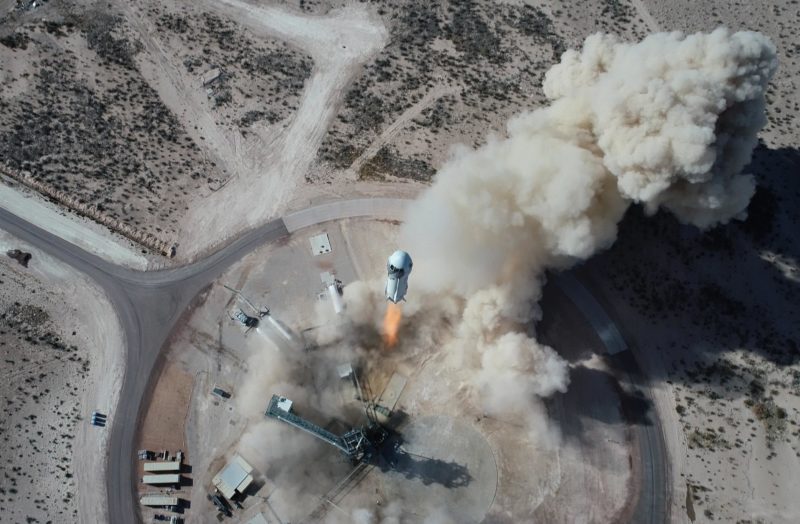
The world’s richest man and his brother will join the winner of an online auction next month for the first crewed suborbital voyage of the New Shepard launch vehicle from West Texas. “Ever since I was five years old, I’ve dreamed of traveling to space,” wrote Blue Origin and Amazon founder Jeff Bezos in a touching Instagram post Monday. “On July 20th, I will take that journey with my brother. The greatest adventure with my best friend.”
Mr. Bezos—whose reported $200 billion fortune will, by default, position him as the wealthiest astronaut in history—closed the post with “Gradatim Ferociter”. And that phrase, which is Latin for “Step By Step, Ferociously”, serves as a mantra not just for Mr. Bezos’ perseverance, but also for the slow-yet-steady rise of the New Shepard concept itself.
“If you’re building a flying vehicle, you can’t cut any corners,” Mr. Bezos has said. “If you do, it’s going to be an illusion that it’s going to make it faster. You have to do it step by step, but you do want to do it ferociously.”
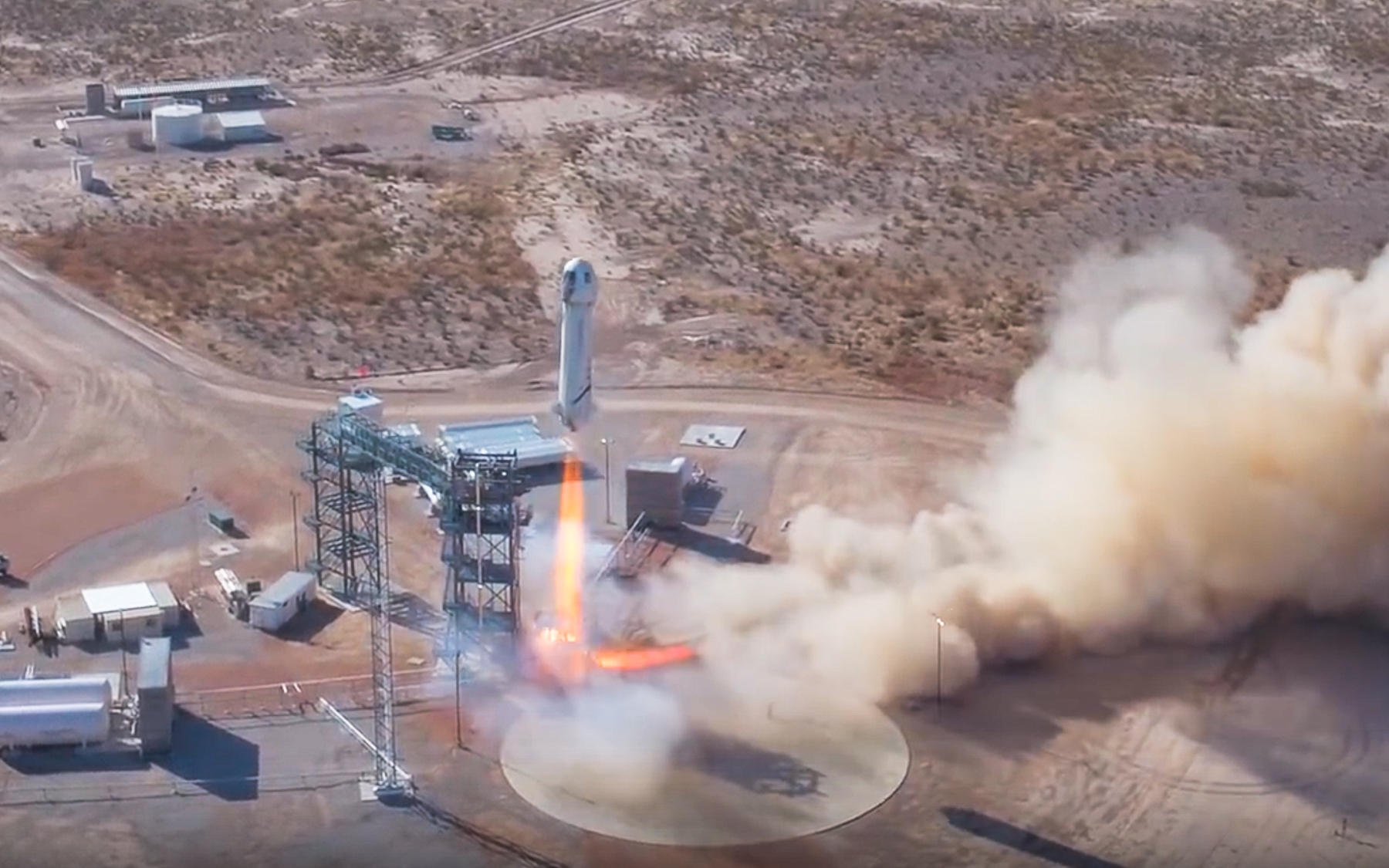
The announcement on Monday comes only days before Blue Origin’s online auction for a single biddable seat on the first crewed New Shepard flight closes on Saturday. Just last month, the Kent, Wash.-headquartered organization revealed that after multiple uncrewed test flights—and an April mission which featured stand-in “crew members” for its pre-launch and post-landing phases—it had set its sights on 20 July for the first trek to suborbital space with private astronauts aboard. “We are offering one seat on this first flight,” it announced, “to the winning bidder of an online auction.”
As such, the New Shepard 4 (NS4) booster, which has already flown twice in 2021, firstly in January and most recently in April, will launch a third time from Launch Site One in West Texas on the 52nd anniversary of the first human lunar landing.
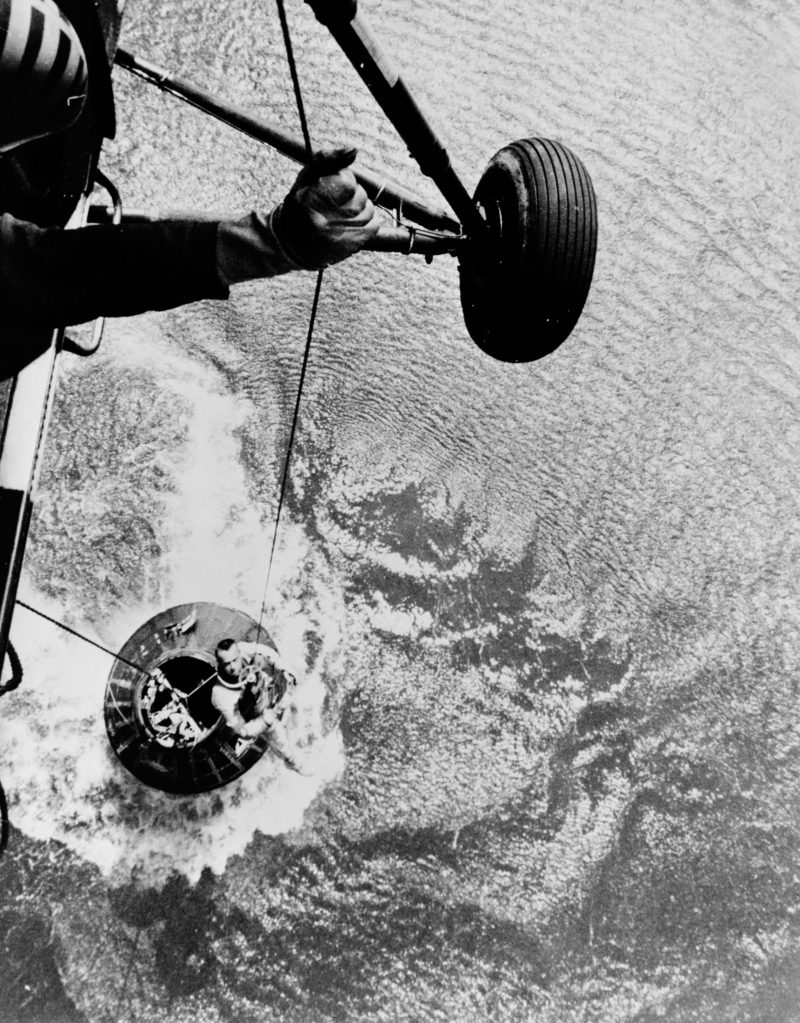
Both the rocket and the crew-carrying capsule are named in honor of Project Mercury astronaut Al Shepard, are named in honor of Project Mercury astronaut Al Shepard, who became America’s first man in space on 5 May 1961 and later walked on the Moon. Fittingly, Blue Origin chose 5 May 2021—National Astronaut Day, as well as the 60th anniversary of Shepard’s historic mission—to announce the first crewed voyage of his 21st-century namesake.
According to details published on Blue Origin’s website, sealed online bidding extended for two weeks into May, during which time bids were kept private, after which unsealed online bidding opened. At this stage, the bids became visible to others, requiring participants to exceed the highest bid in order to continue in the auction.
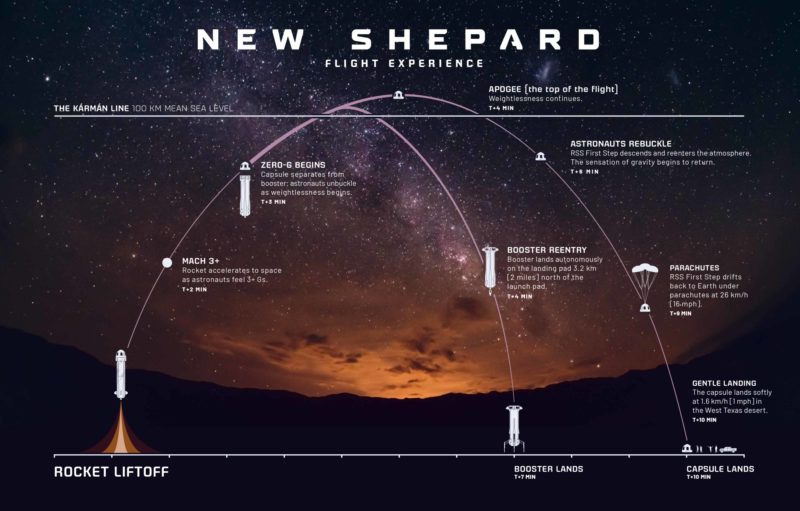
As of Tuesday morning, the leading bid stood at $3.5 million, with around 6,000 participants representing 143 sovereign nations. This coming Saturday, the unsealed online bidding phase will conclude with a live online auction.
“The winning bid amount will be donated to Blue Origin’s foundation, Club for the Future, to inspire future generations to pursue careers in Science, Technology, Engineering and Mathematics (STEM) and help invent the future of life in space,” Blue Origin has previously reported.
“Sixty years ago, Alan Shepard made history by becoming the first American to fly to space. In the decades since, fewer than 600 astronauts have been to space above the Kármán Line through a meticulous and incremental flight program to test its multiple redundant safety systems. Now it’s time for astronauts to climb aboard. This seat will change how you see the world.”
With Mr. Bezos, his brother Mark, the auction winner and up to three others, the historic 20 July flight will be the 16th mission by New Shepard and the third foray into suborbital space for the NS4 booster/capsule combo, which previously flew together in January and April.
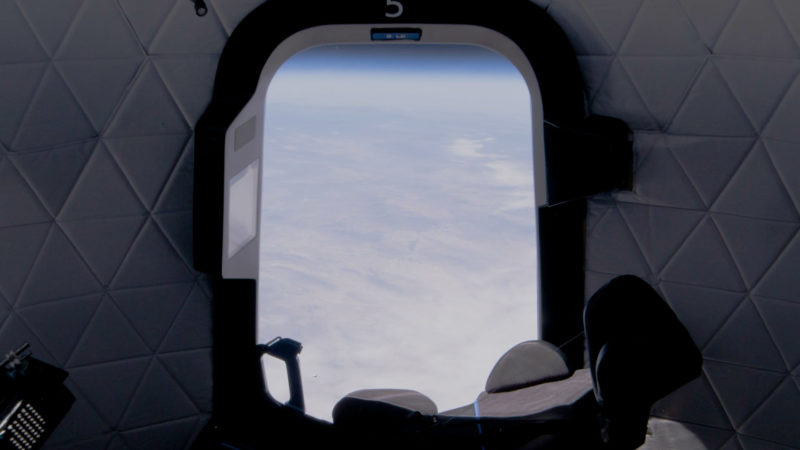
The 59-foot-tall (18-meter) NS1 first flew back in April 2015 and passed an altitude of 62.4 miles (100.5 km), thereby exceeding the “Kármán Line” which is generally recognized to be the edge of space. However, a loss of hydraulic pressure during descent meant the NS1 booster was not recovered. In November 2015, the NS2 booster flew its first mission flawlessly and came home to a smooth landing.
In doing so, it marked the first occasion that a suborbital-class booster had returned from space and achieved a vertical landing. Over the course of a year, NS2 flew four more times, chalking up several significant flight milestones as Blue Origin worked toward its plan for suborbital human spaceflight.
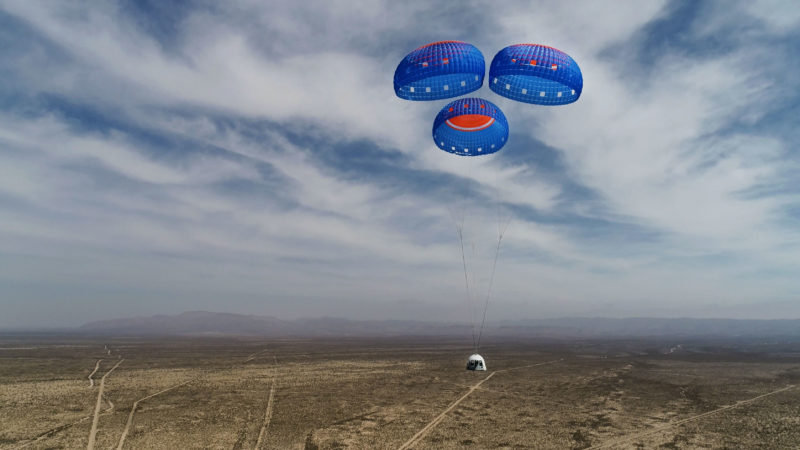
The descent profile of the crew capsule was tested under two parachutes (rather than the nominal three) and on NS2’s fifth and final mission in October 2016 New Shepard’s in-flight abort system was successfully trialed.
Following NS2’s retirement, the NS3 vehicle came online and flew its maiden voyage in December 2017. It went on to fly seven times by October 2020, achieving a peak altitude of 73.8 miles (118.8 km) and demonstrating not only the upgraded Crew Capsule 2.0, but also a heavily instrumented test dummy, nicknamed “Mannequin Skywalker”. Last January, NS4 made its first flight, reaching 65.75 miles (105.82 km) and demonstrating speakers, microphones, a crew alert system and push-to-talk buttons.
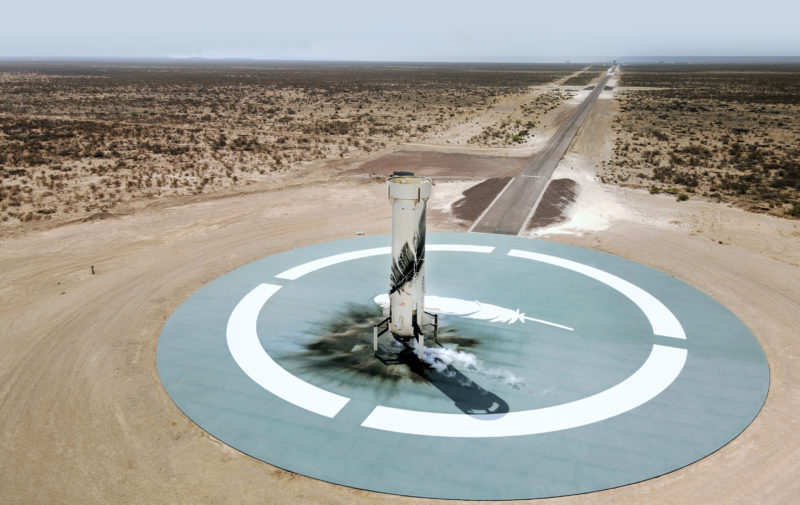
Its capsule also benefited from cushioned wall-linings and sound suppression devices to reduce ambient noise levels and cooling and humidity controls to regulate temperatures, scrub carbon dioxide from the air and circumvent window-fogging. On both its January launch and its second flight on 14 April, the NS4 vehicle saw the New Shepard booster rotate at a couple of degrees per second during ascent, which on human flights will afford passengers spectacular 360-degree views.
Perhaps the nearest analog for what the 20 July crew will experience came during April’s flight, when a group of senior Blue Origin personnel—Vice President of Legal and Compliance Audrey Powers, Chief Financial Officer Susan Knapp, Vice President of Sales Clay Mowry and New Shepard’s designer Gary Lai—rode the two miles (3.2 km) from “the Barn” where the booster is readied for flight out to Launch Site One.
They climbed the four flights of stairs up the gantry, after which Lai and Powers boarded the crew capsule and completed strap-in activities and communications checks with Capsule Communicator (CAPCOM) Sarah Knights. Assisted by the Tower Operations Team, they disembarked before New Shepard’s launch, but after the successful landing of the crew capsule they participated in unstrapping and egress exercises.
The lucky bidder for the 20 July flight can expect quite a ride. Together with his or her crewmates, they will be loaded aboard the crew capsule a little more than a half-hour prior to launch. At T-2 minutes, the gantry will be retracted and at T-16 seconds the booster will transition its guidance system to internal power.
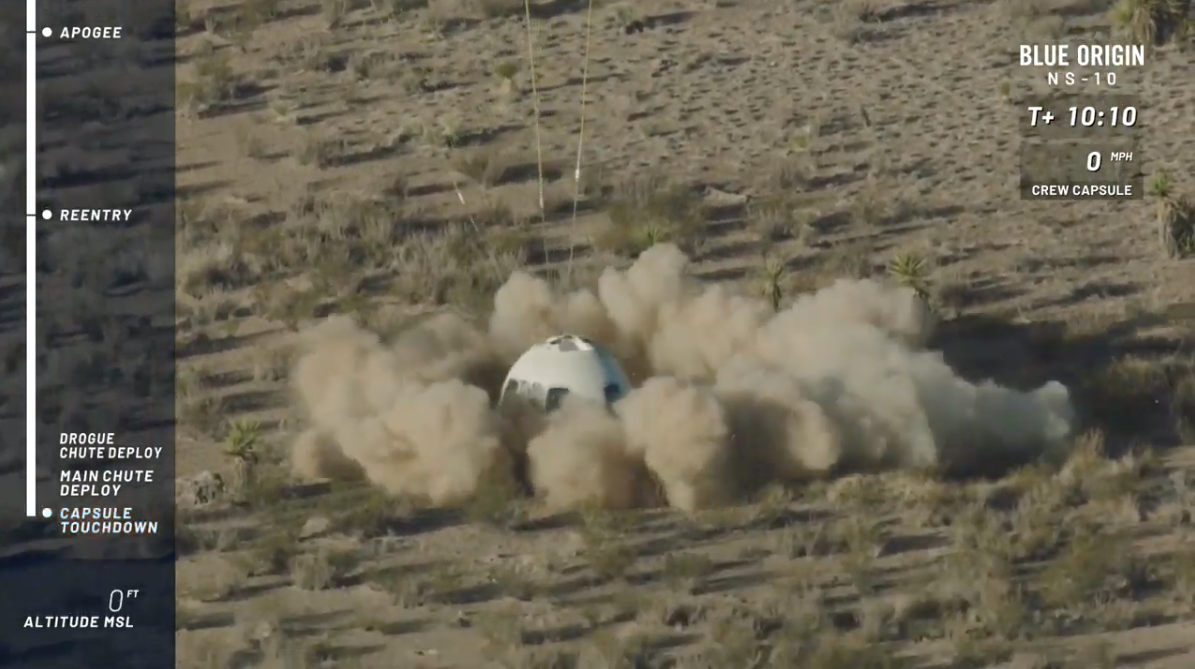
Engine Start will be commanded at T-4 seconds—as New Shepard’s single BE-3 main rocket engine comes alive with a thrust of 110,000 pounds (50,000 kg)—after which a rapid climb away from the flatness of West Texas will commence.
A minute into the flight, the crew will pass through peak aerodynamic turbulence and the BE-3 will shut down 90 seconds later. As the crew capsule separates from New Shepard, the lucky space travelers will unbuckle from their seats and enjoy a few minutes of weightlessness as their upward momentum pushes them to an apogee of roughly 66.4 miles (106 km), equivalent to 350,800 feet above mean sea level. The effects of gravity will then inexorably draw them back to Earth, with a soft, parachute-aided touchdown some ten minutes after launch.
FOLLOW AmericaSpace on Facebook and Twitter!




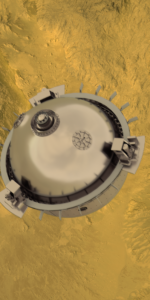
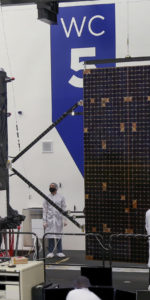
3 Comments
3 Pings & Trackbacks
Pingback:Youngest, Oldest Space Travelers Join Bezos, Brother on 20 July New Shepard Launch « AmericaSpace
Pingback:Youngest, Oldest Space Travelers Join Bezos, Brother on 20 July New Shepard Launch
Pingback:New Shepard Lifts Siblings, Youngest, Oldest Space Travelers Above Kármán Line « AmericaSpace